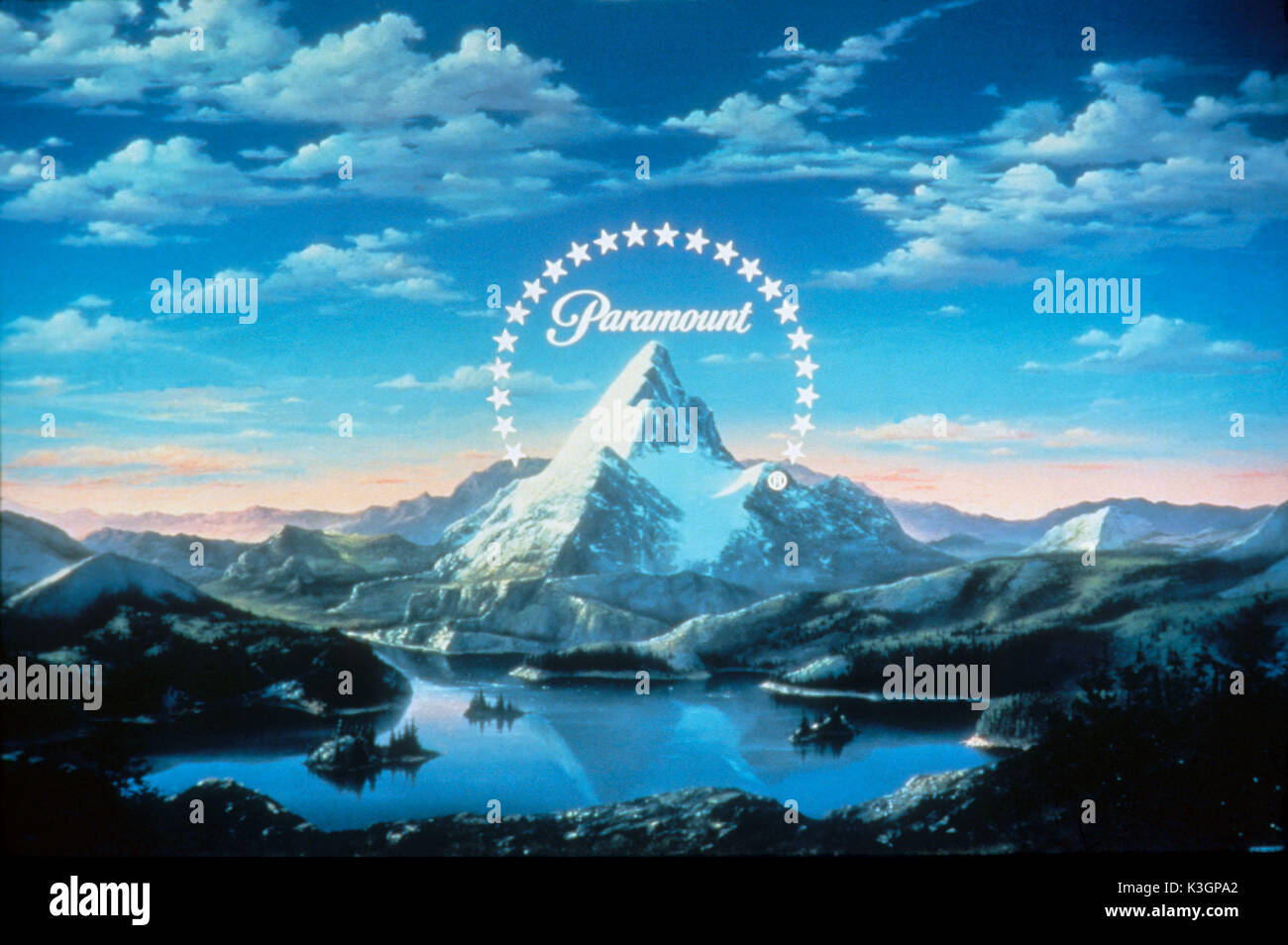Hollywood’s Golden Age, a period stretching from the early 1930s to the late 1950s, was a time of artistic brilliance, cinematic innovation, and unprecedented commercial success. Paramount Pictures, one of the founding studios of this era, played a key role in shaping the Hollywood we know today. With its pioneering films, star-making talent, and contributions to the technical aspects of filmmaking, Paramount’s influence was monumental in creating the iconic era that still defines classic cinema.
The Studio System and Paramount’s Dominance
At the heart of Hollywood’s Golden Age was the studio system—a structure where major film studios controlled nearly every aspect of the filmmaking process, from production to distribution to exhibition. Paramount was a key player in this system, which allowed it to churn out a steady stream of films that captivated audiences both in the U.S. and internationally.
During this time, Paramount was part of the “Big Five” major Hollywood studios (alongside MGM, Warner Bros., 20th Century Fox, and RKO). This dominance meant that Paramount had unparalleled control over the content that shaped the cinematic landscape. The studio was known for producing a wide variety of films, from lavish musicals and comedies to tense thrillers and epic dramas, ensuring that it reached a broad audience.
Paramount’s success was also driven by its ability to manage talent under long-term contracts. Stars like Marlene Dietrich, Cary Grant, and Bob Hope were integral to Paramount’s golden years, contributing not only to box office success but also to the studio’s recognizable brand. Paramount’s ability to create and maintain superstar status for its actors set it apart from many other studios at the time.
Iconic Film Genres and Storytelling Innovations
One of the most significant contributions of Paramount during the Golden Age was its ability to shape film genres and define Hollywood storytelling. The studio’s output was diverse, but certain genres became synonymous with Paramount’s brand during this era.
For instance, Paramount played a vital role in popularizing the screwball comedy—a fast-paced, witty genre characterized by zany situations and sharp dialogue. Films like My Man Godfrey (1936) and The Palm Beach Story (1942) helped define the genre’s charm, with its mixture of sophisticated humor and class dynamics. These films not only showcased the studio’s ability to tap into the zeitgeist of the time but also demonstrated how comedy could be used as a tool for social commentary.
Paramount also made significant strides in the musical genre, with films like The Big Broadcast of 1936 and Top Hat (1935), starring Fred Astaire and Ginger Rogers. These musicals captured the elegance and escapism that audiences craved during the tough years of the Great Depression. Paramount’s sophisticated approach to choreography, lavish sets, and glamorous stars helped elevate the musical into an art form, making it a staple of Hollywood entertainment throughout the 1930s and 1940s.
In addition to comedies and musicals, Paramount played a key role in shaping the film noir genre, a style known for its dark, moody atmosphere and morally ambiguous characters. Films like Double Indemnity (1944), directed by Billy Wilder, became classics of the noir movement, with sharp dialogue and complex plots that explored the darker aspects of human nature. These films, often dealing with crime, betrayal, and corruption, became a hallmark of 1940s cinema and cemented Paramount’s place in cinematic history.
Paramount’s Contributions to Cinematic Innovation
Paramount’s influence on the technical side of filmmaking was also profound. The studio was at the forefront of integrating new technologies that helped shape the way films were made and experienced. One such contribution was Paramount’s role in the advent of sound film. As one of the early adopters of “talkies,” Paramount played a critical role in the transition from silent films to sound films in the late 1920s and early 1930s. Movies like The Jazz Singer (1927), which was not produced by Paramount but was influential to the industry, marked the beginning of this revolution, and Paramount embraced the new technology with films like The Cat and the Canary (1927), adding sound to its repertoire.
Furthermore, Paramount was instrumental in advancing film editing techniques and set design. The studio’s technical experts helped develop more sophisticated methods for cutting films, improving the pacing of storytelling. Paramount’s elaborate set designs and lavish production values were evident in its epic films, such as Cleopatra (1934), where the studio pushed the boundaries of set construction, costumes, and historical accuracy.
The Studio’s Impact on Hollywood’s Cultural Landscape
Paramount’s influence on the cultural landscape of Hollywood extended far beyond film production. In many ways, the studio helped set the tone for the kinds of stories that were told on screen. During the Golden Age, Hollywood films were not just a source of entertainment—they were a reflection of societal values, concerns, and aspirations.
Paramount’s films often tackled social issues with a level of sophistication that resonated with audiences. For example, in The Lost Weekend (1945), directed by Billy Wilder, the studio addressed the issue of alcoholism in a brutally honest manner, pushing the boundaries of what was considered acceptable content for mainstream cinema. The film’s raw portrayal of addiction won several Academy Awards and was lauded for its boldness and willingness to explore uncomfortable truths.
Moreover, Paramount helped to define the glamorous image of Hollywood. Through its stars, such as Dietrich and Grant, the studio created larger-than-life personas that became synonymous with luxury, style, and charm. This image of Hollywood as a land of dreams and glamour continues to shape the global perception of the film industry today.
Conclusion: Paramount’s Enduring Legacy
Paramount Pictures was not just a participant in Hollywood’s Golden Age; it helped define it. From its contributions to filmmaking techniques to its ability to create iconic stars and genres, the studio’s impact is still felt today. While the studio system may no longer exist in its original form, the legacy of Paramount remains embedded in the very DNA of Hollywood. The Golden Age of Hollywood, with all its innovation, glamour, and creativity, would not have been the same without the essential role that Paramount played in shaping it. As the studio continues to thrive in the modern era, its influence on film culture and its commitment to storytelling remain as strong as ever.


